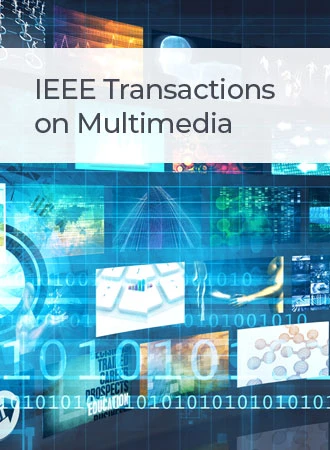零镜头视觉接地的错误感知生成推理
IF 9.7
1区 计算机科学
Q1 COMPUTER SCIENCE, INFORMATION SYSTEMS
引用次数: 0
摘要
零射击视觉基础是在没有特定任务训练的情况下,根据参考表达式识别和定位图像中的对象的任务。现有的方法采用启发式规则逐步执行视觉感知的视觉基础。尽管它们表现出色,但仍有两个局限性。首先,这种基于规则的方式要处理预定义规则未涵盖的表达式。其次,现有方法缺乏识别和纠正不完整信息视觉感知错误的机制,导致基于不完整视觉感知结果的推理产生级联错误。在本文中,我们提出了一种错误感知生成推理(EAGR)方法用于零镜头视觉接地。为了解决现有方法适应性有限的问题,提出了一种推理链生成器,促使llm为特定的引用表达式动态生成推理链。这种生成方式消除了对人类编写的启发式规则的依赖。为了减轻不完全信息的视觉感知错误,提出了一种错误感知机制,促使llm识别这些错误并探索纠正策略。四个基准的实验结果表明,EAGR比最先进的零射击方法高出10%,平均高出7%。本文章由计算机程序翻译,如有差异,请以英文原文为准。
Error-Aware Generative Reasoning for Zero-Shot Visual Grounding
Zero-shot visual grounding is the task of identifying and localizing an object in an image based on a referring expression without task-specific training. Existing methods employ heuristic rules to step-by-step perform visual perception for visual grounding. Despite their remarkable performance, there are still two limitations. First, such a rule-based manner struggles with expressions that are not covered by predefined rules. Second, existing methods lack a mechanism for identifying and correcting visual perceptual errors of incomplete information, resulting in cascading errors caused by reasoning based on incomplete visual perception results. In this article, we propose an Error-Aware Generative Reasoning (EAGR) method for zero-shot visual grounding. To address the limited adaptability of existing methods, a reasoning chain generator is presented, which prompts LLMs to dynamically generate reasoning chains for specific referring expressions. This generative manner eliminates the reliance on human-written heuristic rules. To mitigate visual perceptual errors of incomplete information, an error-aware mechanism is presented to elicit LLMs to identify these errors and explore correction strategies. Experimental results on four benchmarks show that EAGR outperforms state-of-the-art zero-shot methods by up to 10% and an average of 7%.
求助全文
通过发布文献求助,成功后即可免费获取论文全文。
去求助
来源期刊

IEEE Transactions on Multimedia
工程技术-电信学
CiteScore
11.70
自引率
11.00%
发文量
576
审稿时长
5.5 months
期刊介绍:
The IEEE Transactions on Multimedia delves into diverse aspects of multimedia technology and applications, covering circuits, networking, signal processing, systems, software, and systems integration. The scope aligns with the Fields of Interest of the sponsors, ensuring a comprehensive exploration of research in multimedia.
 求助内容:
求助内容: 应助结果提醒方式:
应助结果提醒方式:


